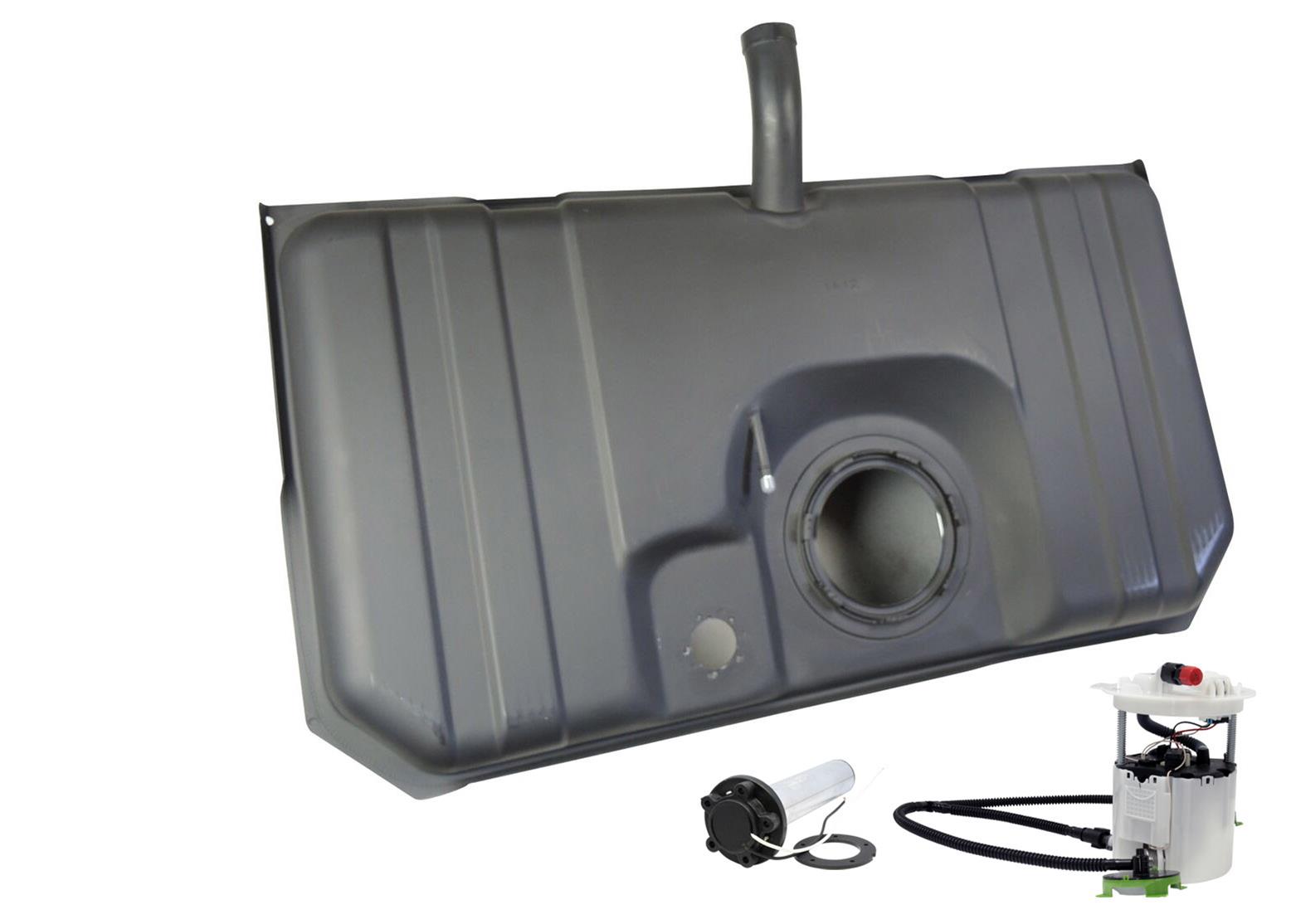

That project involved many engineers giving seminars to the kids regarding their areas of expertise. "We begged, borrowed, and scrounged parts to build a dyno engine, then got a scrap Skylark and married the two. "I decided that a great project would be to turbocharge the recently revived V-6 with the capability of performance in lighter cars or fuel economy in larger cars," he relates. The turbo V-6 story goes all the way back to 1973 when Ken Baker, a young engineer in Buick's test lab (he would later lead General Motors' electric-vehicle program, then its research labs), started a Boy Scout Explorer program at the Buick engineering department. My message to the group: 'We have to beat the Corvette.' " Turbo Genesis "Tom Wallace was the vehicle chief," recalls then–Buick assistant chief engineer Don Runkle, "and I had the engine side. Just 215 first-year GNs were built, but then Reuss's team launched a run of all-black Regal GN coupes that would culminate with the truly awesome '87 GNX. So, it was in keeping with division general manager Lloyd Reuss's thrust to move Buick's image from a maker of cushy "doctors' cars" to something more youthful and exciting when it unveiled the first Regal Grand National at NASCAR's 1982 Daytona 500. Ten years later, Darrell Waltrip raced factory-backed Buick Regals to claim back-to-back championships in 1981 and '82. For 21 years before NASCAR started selling naming rights in 1971, its top stock-car racing championship was known as the Grand National, and the name lingered in public usage long after the series officially became the Winston Cup.


 0 kommentar(er)
0 kommentar(er)
